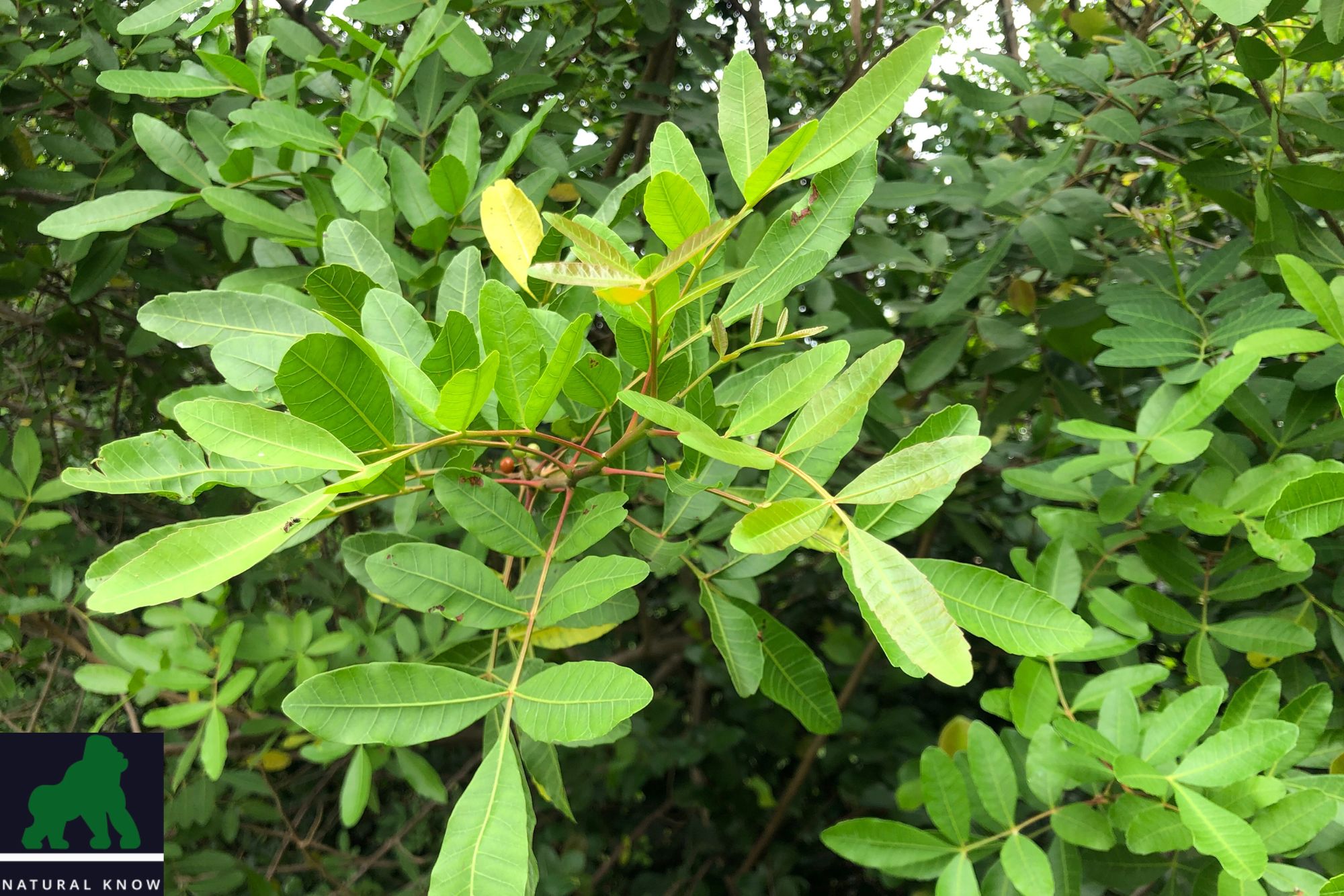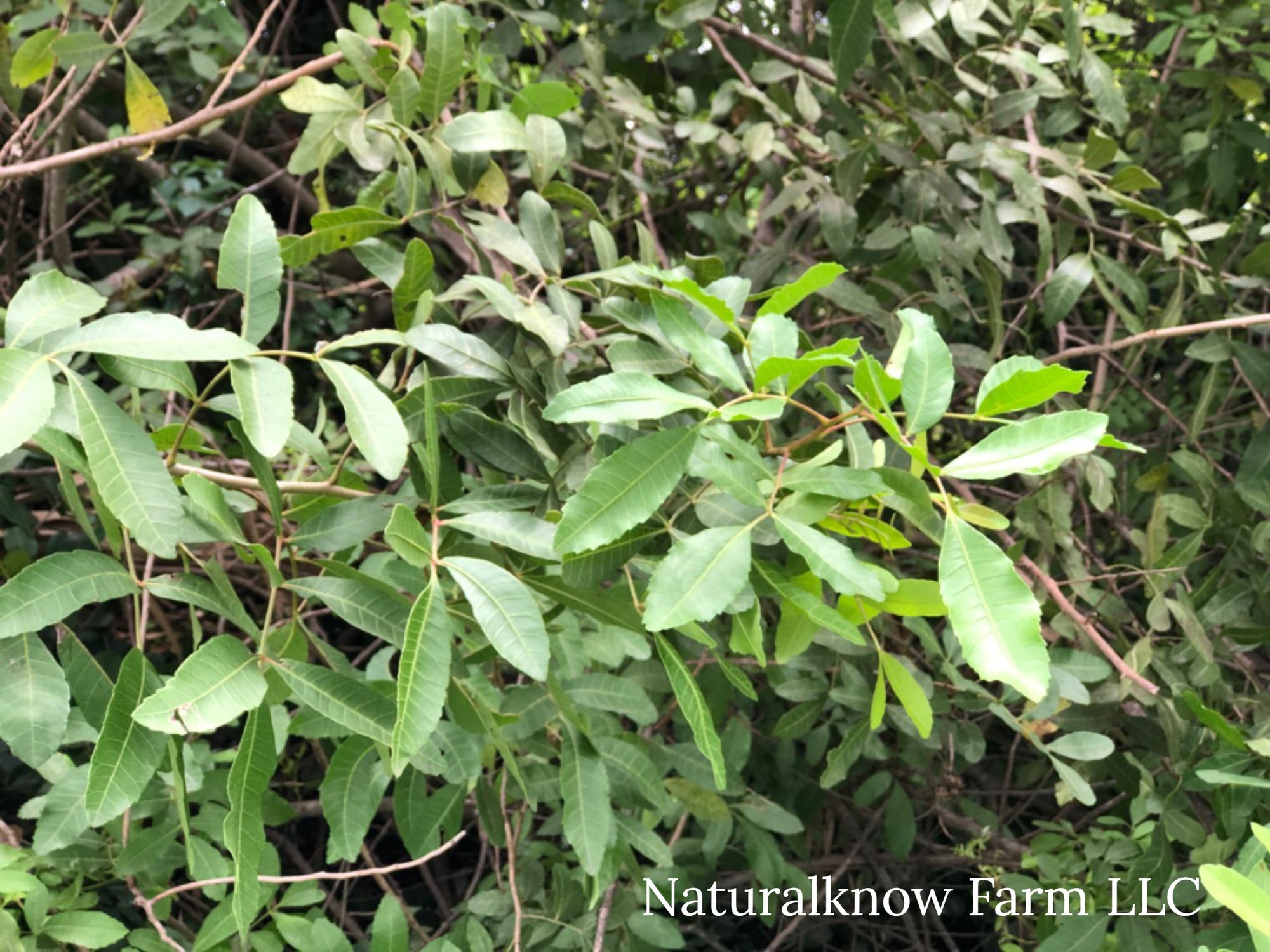Florida Holly: A Natural Repellent for Garden Pests | Tips & Techniques

Gardening enthusiasts are always on the lookout for effective and environmentally friendly ways to protect their plants from pests. One such solution that has gained popularity is Florida Holly, a natural repellent with numerous benefits. This article will delve into the features and advantages of Florida Holly, exploring how it can be used as a powerful tool in pest management. Additionally, we will provide valuable tips and techniques on harnessing the potential of this remarkable plant to ensure a thriving and pest-free garden.

- Understanding Florida Holly
Florida Holly, scientifically known as Ilex opaca, is an evergreen plant native to the southeastern United States. This species belongs to the holly family (Aquifoliaceae) and typically grows up to 50 feet in height. Its glossy, spiny leaves and vibrant red berries make it an attractive addition to any garden or landscape.
What sets Florida Holly apart from other plants is its natural pest-repellent properties. The leaves of this holly species contain a compound called ilicin, which acts as a deterrent for a wide range of garden pests. This unique attribute makes Florida Holly an excellent companion plant for other susceptible plants in your garden.
- Pest-Repellent Features
The pest-repellent features of Florida Holly make it a valuable asset in garden pest management. The ilicin compound found in its leaves acts as a natural defense against various pests, including aphids, mites, scales, and whiteflies. These insects find the scent and taste of Florida Holly leaves unpleasant, deterring them from feeding on nearby plants.
Furthermore, Florida Holly provides a habitat for beneficial insects, such as ladybugs and lacewings, which are natural predators of many common garden pests. By attracting these beneficial insects to your garden, you can establish a natural balance that keeps harmful pests under control.
- Incorporating Florida Holly in Your Garden
To harness the potential of Florida Holly as a natural repellent, consider the following tips and techniques:
a. Plant Placement: Strategically place Florida Holly near susceptible plants to create a barrier against pests. Planting it near vegetable gardens, fruit trees, and ornamental plants can help protect them from pest infestations.
b. Companion Planting: Florida Holly acts as an effective companion plant due to its pest-repellent properties. Consider planting it alongside plants that are prone to pest attacks, such as roses, tomatoes, or peppers.
c. Hedge Formation: Utilize Florida Holly’s dense growth habit to create hedges or borders around your garden. This not only enhances the visual appeal but also serves as a physical barrier against pests.
d. Garden Design: Incorporate Florida Holly as part of your garden’s overall design. Its glossy leaves and bright red berries add aesthetic value, while simultaneously providing pest protection.
- Care and Maintenance (200 words)
To ensure healthy growth and maximum pest-repellent effectiveness, it’s important to care for your Florida Holly plants properly. Here are some essential care tips:
a. Soil and Watering: Florida Holly thrives in well-drained soil with moderate moisture. Avoid overwatering to prevent root rot and maintain soil pH levels between 5.0 and 6.5.
b. Sunlight Requirements: Florida Holly prefers partial shade to full sun exposure. Ensure it receives at least four to six hours of direct sunlight per day for optimal growth.
c. Pruning and Trimming: Regularly prune your Florida Holly to maintain its shape and encourage new growth. Remove any dead or diseased branches to prevent pest infestations.
d. Fertilization: Apply a slow-release, balanced fertilizer in spring to promote healthy foliage
growth. Follow the manufacturer’s instructions for dosage and application.
Homemade Florida Holly Spray Repellent for Goats and Plants | Effective DIY Recipe
Ensuring the safety of your goats and plants by warding off pests is crucial. In this comprehensive guide, you'll learn how to craft a homemade Florida Holly spray repellent that effectively shields your goats and plants. This environmentally friendly remedy repels pests naturally, promoting a healthy and harmonious garden.
1: Understanding the Advantages of Florida Holly Spray Repellent
Embracing the natural compounds present in Florida Holly (Ilex cassine) leaves makes them an ideal ingredient for a homemade spray repellent. This eco-friendly approach avoids harsh chemicals while providing a sustainable solution for pest control.
2: DIY Recipe for Florida Holly Spray Repellent
Follow these simple steps to create your very own Florida Holly spray repellent:
-
Gather the necessary ingredients:
- Fresh Florida Holly leaves (approximately 1-2 cups)
- Water (4 cups)
- Spray bottle
-
Prepare the Florida Holly infusion:
- Thoroughly rinse the Florida Holly leaves to eliminate any dirt or debris.
- Place the leaves in a pot with 4 cups of water.
- Bring the water to a boil, then simmer for approximately 15-20 minutes.
- Allow the mixture to cool completely.
-
Strain and transfer to a spray bottle:
- Use a fine-mesh strainer or cheesecloth to strain the cooled infusion, ensuring a smooth liquid.
- Pour the strained infusion into a clean spray bottle.
-
Application:
- Prior to each use, shake the spray bottle well.
- Apply the Florida Holly repellent to the plants you wish to protect, ensuring comprehensive coverage.
- Reapply the spray after rainfall or as needed to sustain its effectiveness.
3: Using Florida Holly Spray Repellent for Goats and Plants
Utilize Florida Holly spray repellent in the following ways:
-
Safeguarding plants:
- Directly apply the spray to the leaves and stems of vulnerable plants to repel pests.
- Concentrate on areas frequently inhabited by pests or those already affected by damage.
- Reapply the spray every few days or as required, especially after rainfall.
-
Repelling goats:
- Spray the Florida Holly repellent in areas where goats typically browse or graze.
- The scent of Florida Holly acts as a deterrent, preventing goats from consuming potentially harmful plants.
- Regularly reapply the spray, particularly after rainfall or if the scent diminishes.
Conclusion:
Florida Holly serves as a natural repellent for garden pests, offering an eco-friendly alternative to chemical insecticides. By incorporating this versatile plant in your garden, you can protect your beloved plants from harmful pests while enhancing the overall beauty of your landscape. From strategic plant placement and companion planting to hedge formation and garden design, there are various techniques to make the most of Florida Holly’s pest-repellent properties. Remember to provide adequate care, including proper soil and watering, pruning, and fertilization, to ensure the longevity and effectiveness of your Florida Holly plants. By harnessing the power of nature through Florida Holly, you can create a thriving, pest-free garden that showcases the beauty of both your plants and the environment.
By concocting your own Florida Holly spray repellent, you can shield your goats and plants from pests without resorting to harsh chemicals. This homemade solution offers a sustainable and natural alternative for effective pest control. Implement this DIY repellent and relish in a healthy, pest-free environment for both your goats and plants.
sources:
-
“Florida Holly (Ilex opaca)” by University of Florida IFAS Extension: This resource provides detailed information about Florida Holly, including its characteristics, growth habits, and pest-repellent properties. It can be accessed at: https://edis.ifas.ufl.edu/fp120
-
“Natural Pest Control in Gardens” by University of California Agriculture and Natural Resources: This comprehensive guide discusses various natural pest control methods, including the use of companion plants like Florida Holly. It provides insights into the benefits of companion planting and how it can be incorporated into your garden. You can find it here: https://anrcatalog.ucanr.edu/pdf/8492.pdf
-
“Beneficial Insects: Predators of Garden Pests” by University of California Statewide Integrated Pest Management Program: This resource focuses on the importance of beneficial insects in managing garden pests. It highlights how Florida Holly can attract these helpful predators and create a natural balance in your garden. The article can be found at: https://www2.ipm.ucanr.edu/agriculture/organic/beneficial-insects-predators-of-garden-pests/
-
“Companion Planting for Vegetable Gardens” by National Gardening Association: This article provides insights into the concept of companion planting and how it can be used to deter pests and promote plant health. It offers suggestions on suitable companion plants for vegetables and explains how Florida Holly can be utilized in this context. Access it here: https://garden.org/learn/articles/view/98/
-
“Caring for Holly Shrubs” by Clemson Cooperative Extension: This resource offers guidance on the care and maintenance of holly shrubs, including Florida Holly. It provides tips on soil, watering, sunlight requirements, pruning, and fertilization, ensuring the health and vitality of your Florida Holly plants. The article can be found at: https://hgic.clemson.edu/factsheet/caring-for-holly-shrubs/
